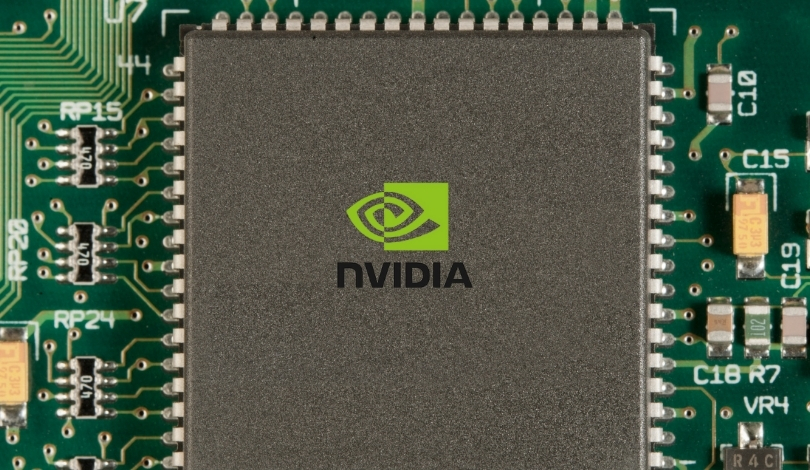The upcoming month marks a critical period for both Nvidia and AMD as they vie for dominance in the graphics card market. Speculation surrounding the potential delay of Nvidia’s RTX 5070 has intensified, raising questions about the company’s release schedule and competitive strategy. This development could significantly impact consumer choices and the broader technology landscape.
While previous product launches have seen both companies adhere closely to their timelines, recent delays could signal shifts in supply chain dynamics or strategic adjustments. Market observers are keenly watching how these changes will influence Nvidia’s market position relative to AMD, which continues to push forward with its Radeon lineup.
What led to the RTX 5070’s possible postponement?
Industry insiders suggest that manufacturing challenges and global supply chain disruptions may have contributed to the rumored delay of the RTX 5070.
Nvidia is committed to ensuring the highest quality standards, which may necessitate additional time for production.
The company has not officially confirmed the delay, but the implications are significant for their product rollout strategy.
How is AMD responding to Nvidia’s potential setback?
AMD is likely to capitalize on any delays faced by Nvidia by accelerating its own product releases and marketing efforts. The Radeon series has been performing well, and a delay from Nvidia could provide AMD with an opportunity to capture a larger market share. This competitive maneuvering highlights the ongoing rivalry between the two tech giants.
What does this mean for consumers?
Consumers may benefit from increased competition, potentially leading to better pricing and more innovative features across both Nvidia and AMD products. However, delays in new releases like the RTX 5070 could also lead to uncertainty and limited options in the short term.
Analyzing the current situation, it’s evident that the relationship between Nvidia and AMD remains highly competitive, with each company’s strategic decisions directly impacting the other. The rumored delay of the RTX 5070 adds a layer of complexity to their rivalry, potentially reshaping the market dynamics in favor of one over the other.
Consumers should stay informed about upcoming releases and market trends to make the best purchasing decisions. Monitoring both Nvidia’s and AMD’s announcements will provide clearer insights into how this showdown unfolds and what it means for future technology developments.
Nvidia and AMD continue to drive innovation in the graphics card industry, with their competition fostering advancements that benefit end-users. Staying updated on their respective strategies and product timelines is crucial for anyone interested in the latest technology offerings.










